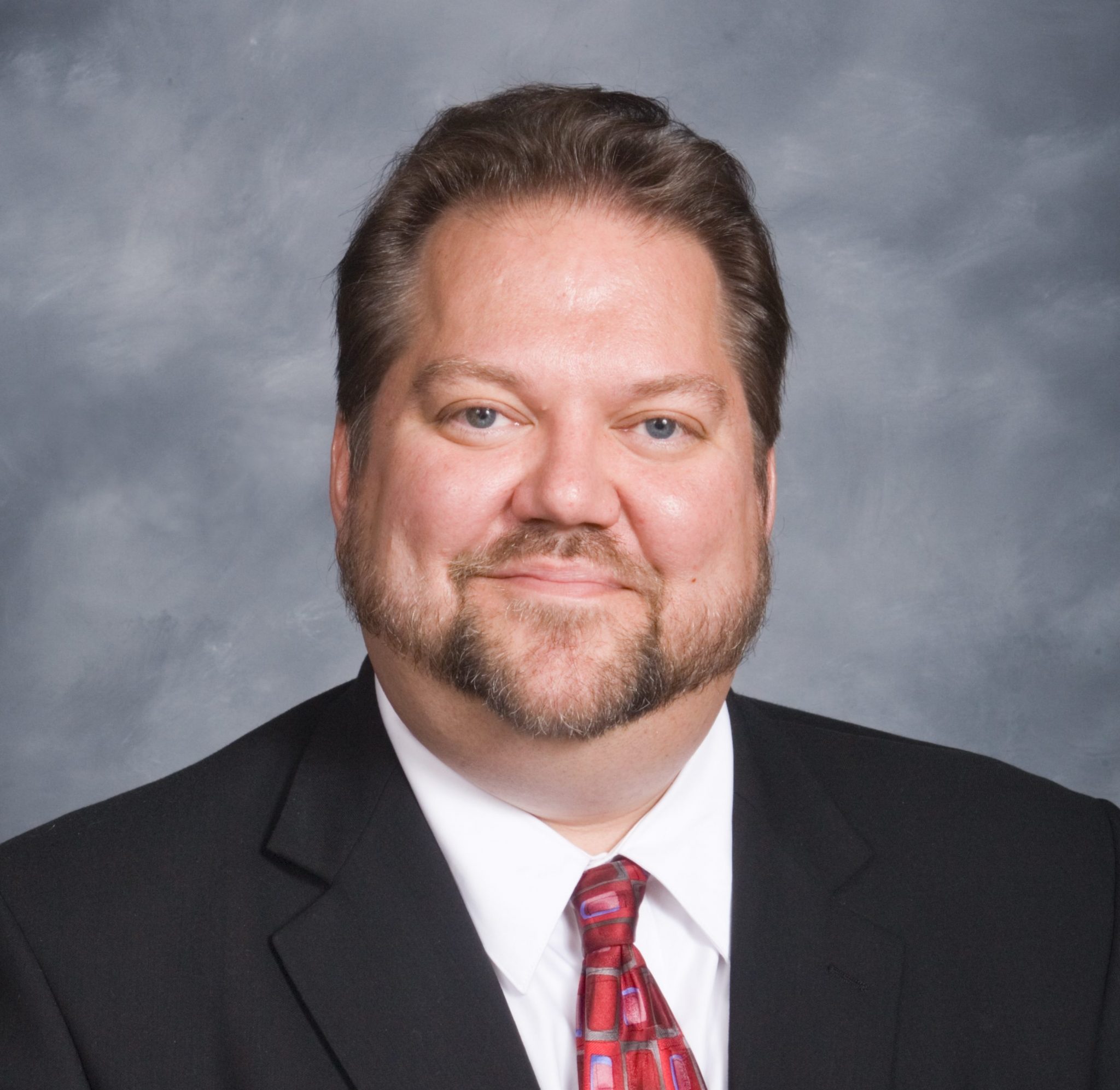It was eight years ago when I first heard this benediction spoken at the conclusion of a worship service. My friend Neal Plantinga and I were attending a conference at Candler Divinity School and one of the worship services at the conference was led by (the now late) Rev. John Claypool, who concluded the service with this blessing. Thankfully Neal has something approaching a photographic memory and so was able later to write down the blessing (which moved both of us powerfully). Ever since, I have used this blessing often when I preach in various places and when I have the privilege of giving also the parting benediction on God’s people.
The reactions have been startling. Some who approach me after the service do so tearfully. “I’ve never before felt so surrounded by the love of God in a church blessing” one woman told me. Others have also said they really could feel that blessing of God descending on them and giving them peace. Quite a few couples have requested that I use that particular benediction for the couple and congregation at their wedding ceremony and over time I have received so many requests via email to send people a written version of it, that I finally created a word.doc and saved it so I could just cut-and-paste it for future such requests.
Alas, I never had the chance to ask Rev. Claypool where he found this blessing. I’ve been told that it may be a riff on what is inscribed on the breastplate of St. Patrick. That traditional prayer includes the lines
Christ behind me, Christ before me,
Christ beside me, Christ to win me,
Christ to comfort and restore me.
Christ beneath me, Christ above me,
Christ in quiet, Christ in danger,
Christ in hearts of all that love me,
Christ in mouth of friend and stranger.
But wherever Rev. Claypool discovered this benediction, its effect on people is remarkable. And I’ve wondered what explains that. Perhaps in part it’s no more than the semi-novelty of hearing a benediction in church that is not one of the typical two or three such blessings pastors usually use. But I suspect it is more than that. Perhaps what tugs at people and comforts them is the very idea that we really can picture our lives as surrounded by the living presence of the Triune God. Perhaps what arrests their attention is hearing that God really is active in our world today, that God is doing things constantly along the lines of guiding and supporting and protecting and befriending.
When Paul Scott Wilson wrote his book on preaching titled The Four Pages of the Sermon, he said that one of his big motivations in writing this book was his observation that a major problem with a lot of preaching in North America across the last half-century or so is the lamentable fact that in too many sermons, God never shows up. Or better said, God never puts in a sermonic appearance as an active, gracious presence who is on the move and doing things right now, today. Instead sermons tell us what God used to do for the Israelites, for Peter, for the Corinthians but the connection to how God is still doing those things today somehow gets lost. Instead sermons dispense good advice. Preachers morph into Dr. Phil, presenting sermons and sermon series that promise things like “Five Ways to Grow Your Business” and “Six Ways to Raise Successful Children” and “Four Ways to Build a Healthy Marriage.” In such preaching, the focus falls on us, on what we can and must do to make life better.
But what if what most people really need to hear is how God is working? What if the heart of the Gospel really is that God in Christ has done it all for us and that by the power of the Holy Spirit, God is even now constantly applying Christ and all his benefits to our lives and to the larger Church? What if what we really need to be reminded of as the people of God (and reminded again and again and again) is that we are surrounded by an active, living God in ways that bring us true hope, joy, and peace?
At times I think that the benediction Neal and I cribbed from Rev. Claypool has conveyed that truth to people better than any number of whole sermons I have preached. It’s apparently what people come to church in order to know and to hear, too.

